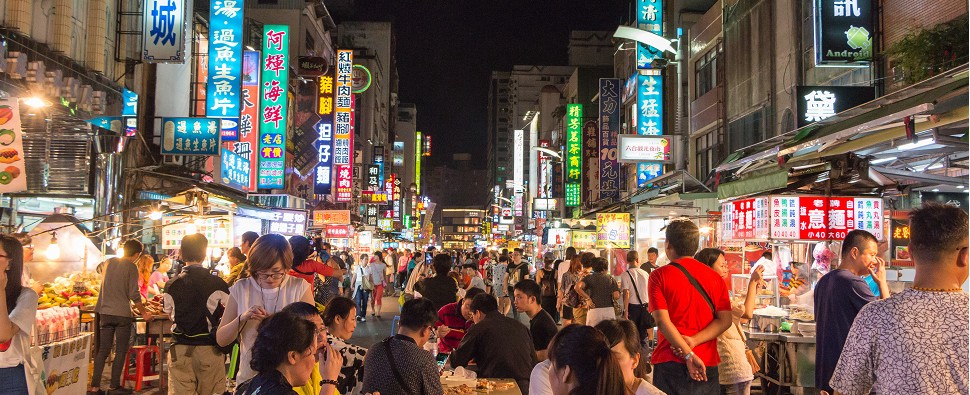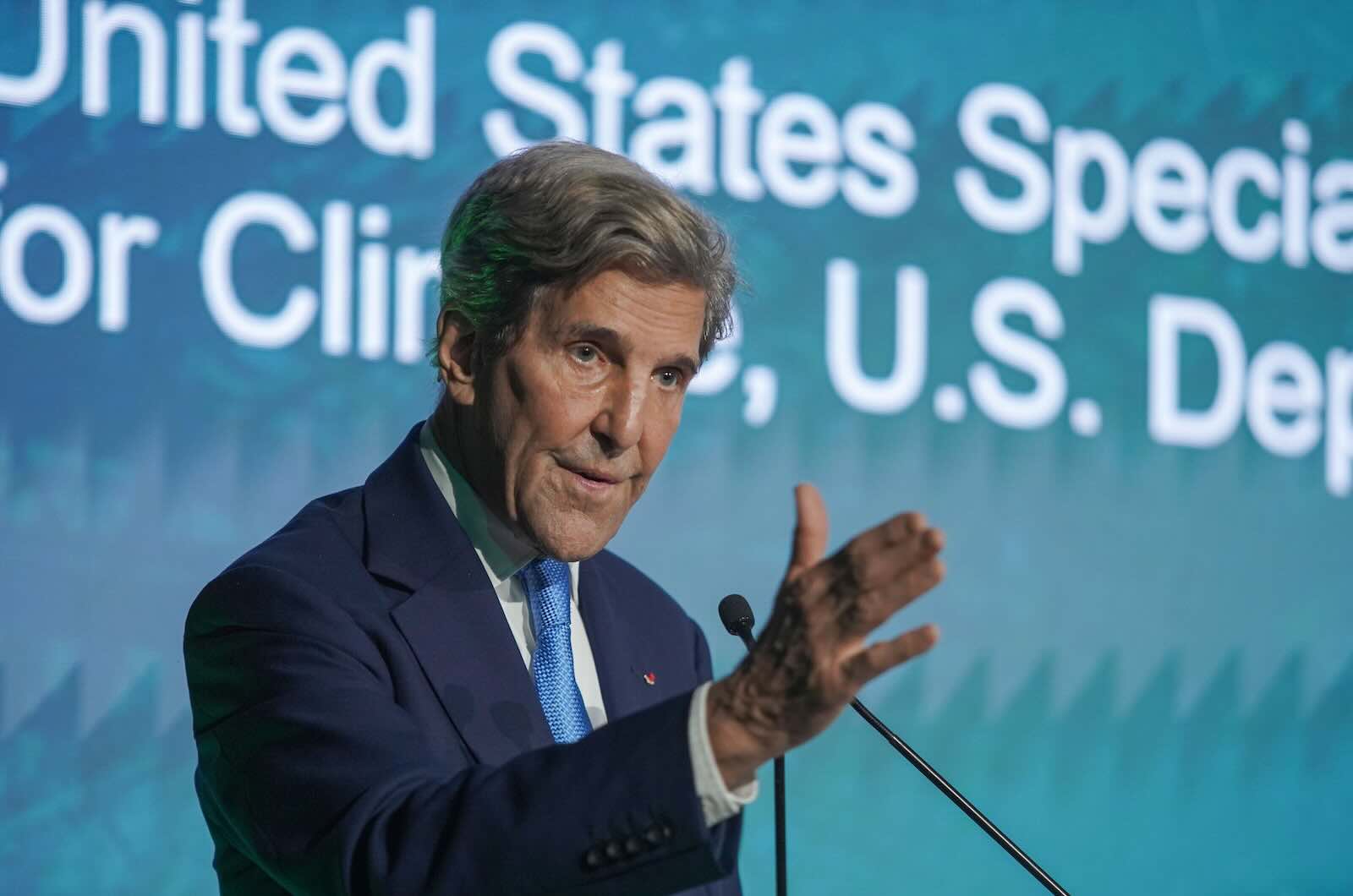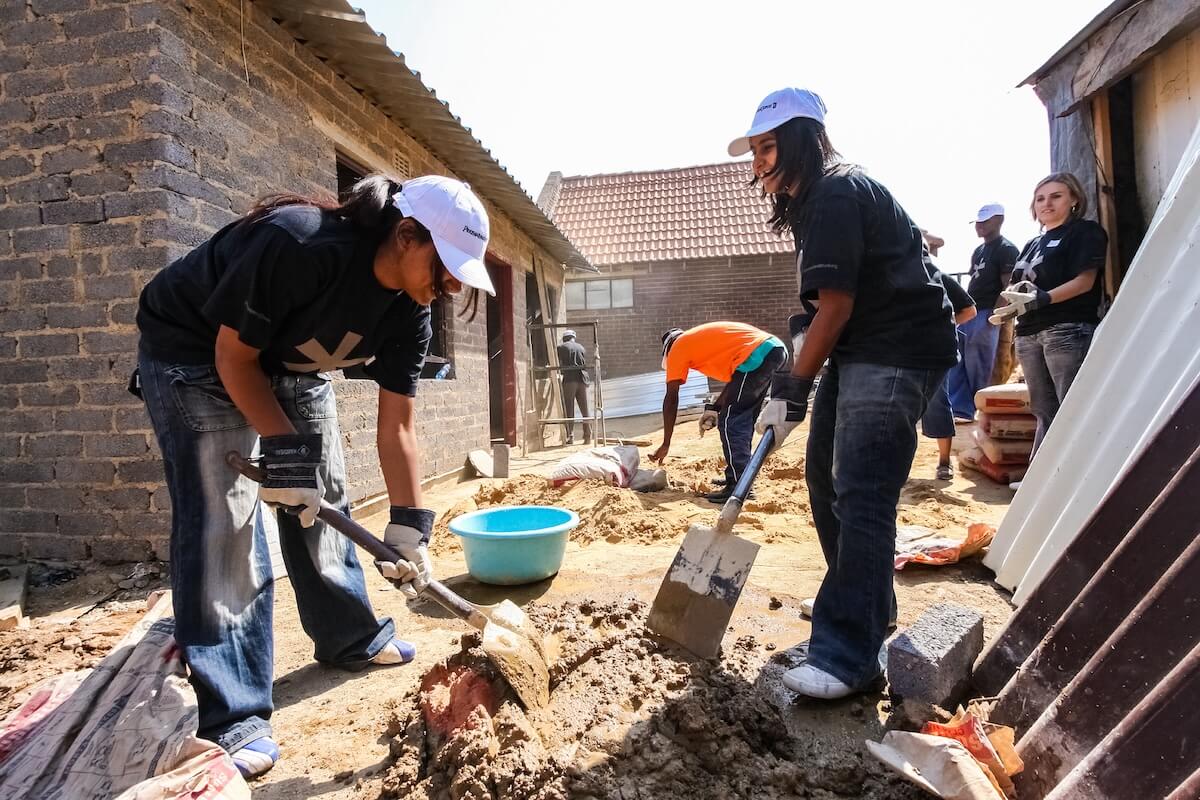Businesses serving Asian markets could capture more than 40 percent of the projected $12 trillion in new revenues and cost savings from solutions targeting the UN Sustainable Development Goals. The $5 trillion estimate for Asia’s chunk of the SDG booty comes in a follow-on report to January’s Better Business, Better World business case for the SDGs, in which the Business & Sustainable Development Commission laid out the original $12 trillion figure. Asia also stands to gain two-thirds of the estimated 320 million new jobs by 2030 in global goal “hotspot” industries of food and agriculture, energy, cities and health.

Affordable housing represents the biggest business opportunity in China and the rest of emerging and developing Asia (see, “KKR invests in affordable housing projects”). In India, where healthcare sector is undersupplied, risk-pooling in healthcare is the largest opportunity (see, “Toro Finance launches fund to expand healthcare in India”). In food and ag, a $1 trillion business opportunity overall, reducing food waste in food systems ($260 billion) and low-income food markets ($190 billion) represent the largest opportunities (see, “Startups raise seed capital to tackle food waste”).
Unlocking that SDG-aligned growth in Asia will require $1.7 trillion in investment each year through 2030. To attract more private capital, look to blended finance, says the report, where philanthropic and public funding can lower risks and increase returns. Says Paul Polman, CEO of Unilever and member of the Business Commission, “Strategies that sustainably meet the demands of the growing middle-class in the region, whilst at the same time tackling urgent environmental and social challenges will ultimately be successful in unlocking market value.”











